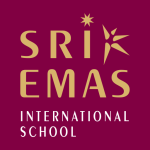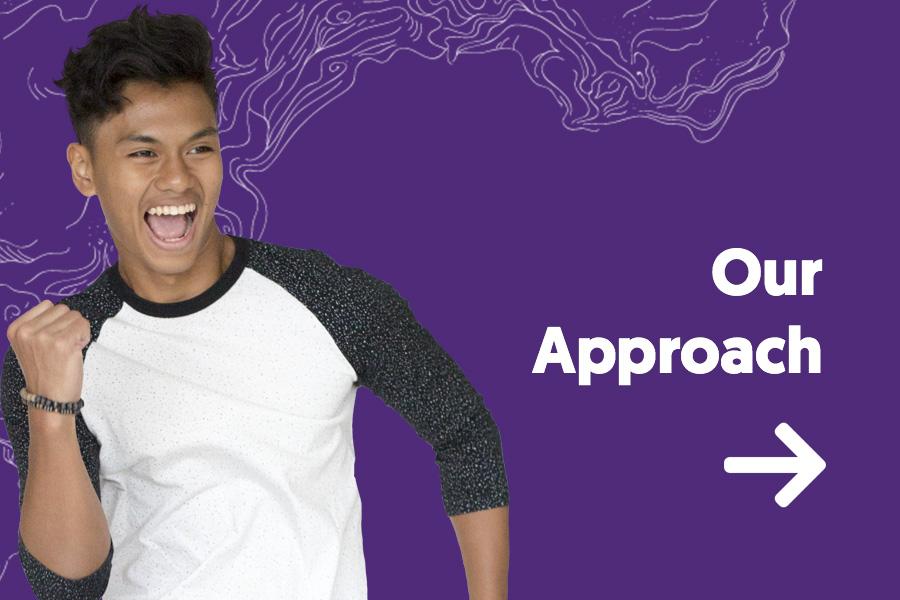What is the purpose of education?
So how do we prepare your children for their future using an education system that was created in the past? To us, the answer lies in equipping them with not just the academics, but the application of soft skills that will take them much further: Adaptability, Collaboration, Empathy, Critical Thinking, Creativity, to name a few. It sounds simple, but ask yourself how many graduates you've encountered that just aren't prepared for what's expected of them.
And the reality is that very soon, having only the logical left-brained skills will not be enough. They have robots for that.
"We cannot teach our children to compete with the machines. We have to teach our children something unique like soft skills that knowledge cannot teach us so that the machines can never catch up with us." – Jack Ma, CEO of Alibaba
Even now, conglomerates like Google and Tesla are already prioritising 21st Century soft skills over A's on paper and these are companies that shape the world around us. What does that say then about jobs that will exist 10 years from now?
FROM THE GET-GO, OUR VISION WAS CLEAR:
Create and nurture a school environment where students of all academic inclinations would be happy to learn and thrive in.
The conventional education system was built for the past. Along the way, school somehow became about sitting quietly, listening to what teachers say in class and then reading and memorising the textbooks. Does that ring a bell?
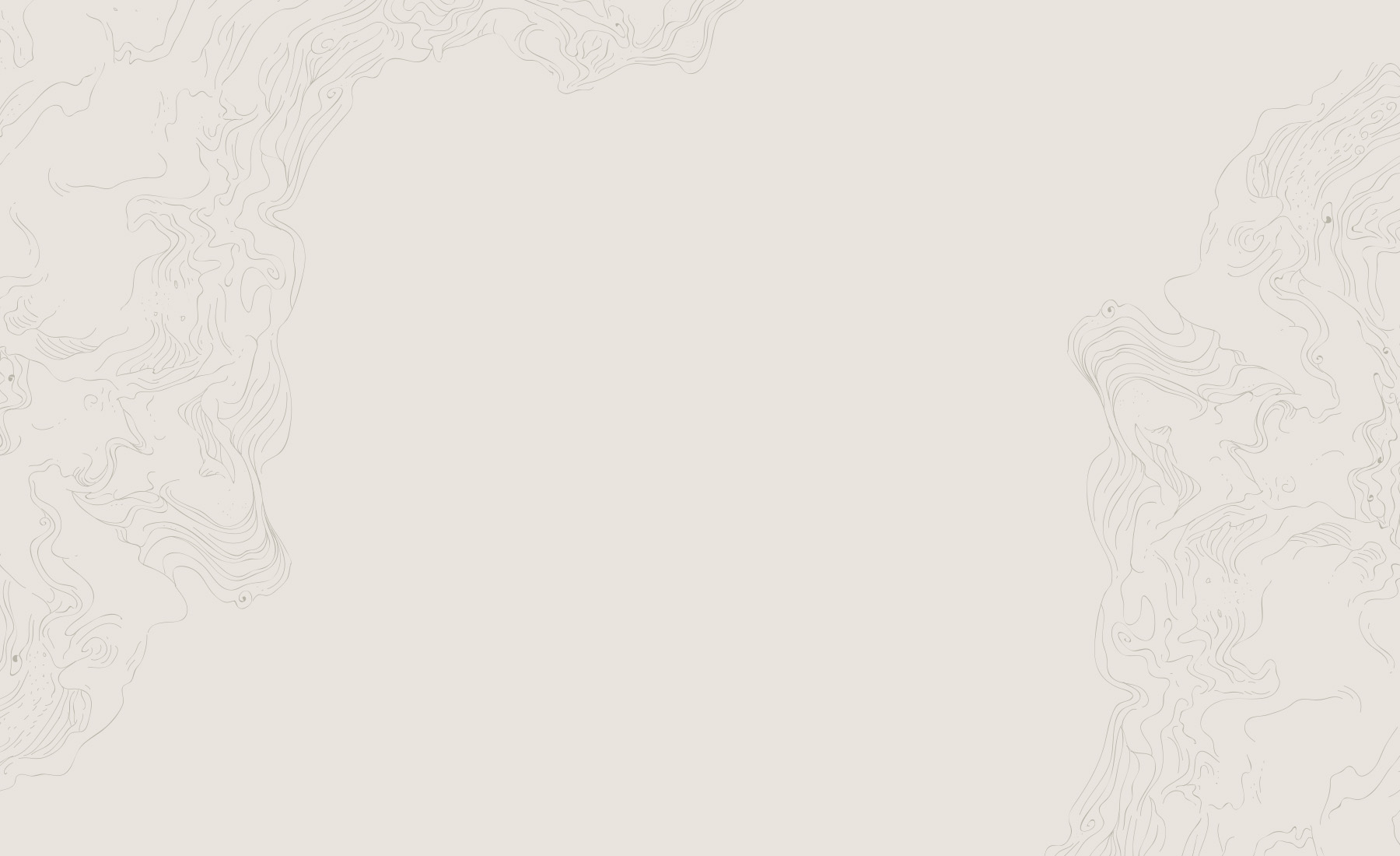
Types of Learning Experiences
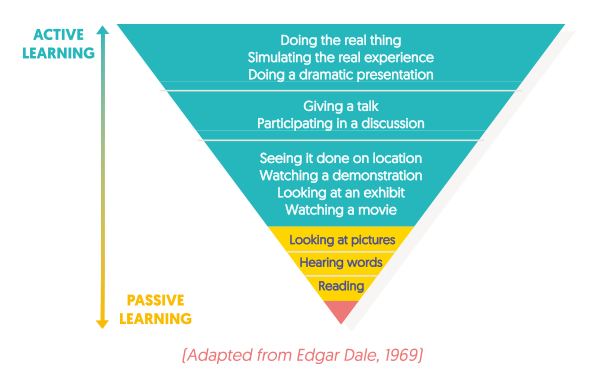
We're committed to providing rich learning experiences for our students.
At Sri Emas, students benefit from the full range of learning methods seen on Edgar Dale's Cone of Learning, with emphasis especially on direct, active learning.
This means we are regularly engaging their senses and movements for a more rewarding learning experience. As we have witnessed first-hand among our students, these higher forms of learning truly help students to remember, understand, and internalise better.
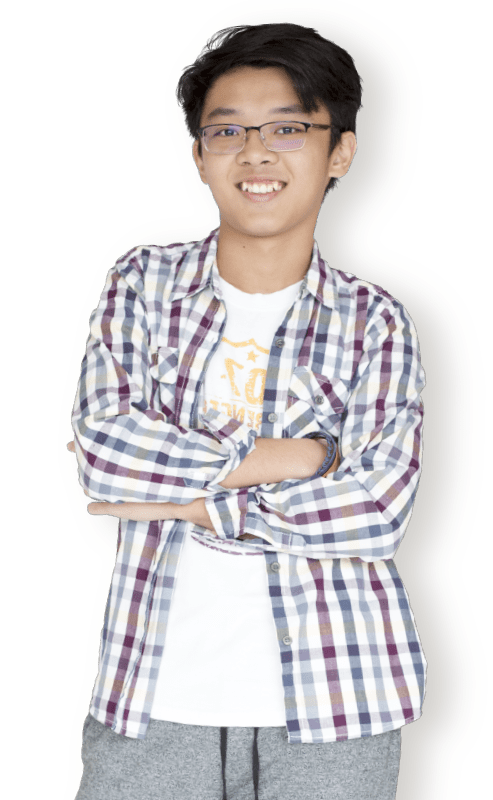
The Traditional Bell Curve
In the traditional bell curve, only 16% of students are considered "high achievers", while 68% are termed "average". We believe this is a misconception. The way we see it, one of the key reasons why only 16% are excelling is because old school rote learning only suits a small percentage of the population.
How have we been challenging the convention?
We're practitioners of the ACE EdVenture Approach, where efficient and engaging learning strategies such as simulations, games and presentations are essential in our education system. By transforming the way education is delivered and incorporating how most students learn best, we're immediately able to "shift the bell curve" and move students from Average to High Performance.
"The fact is that given the challenges we face, education doesn't need to be reformed - it needs to be transformed.” – Sir Ken Robinson, Educationalist
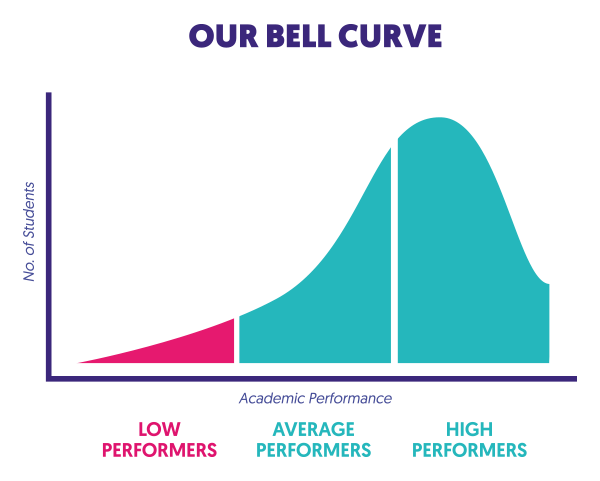
That's what we are doing here and why we're capable of achieving these results! Percentage (%) of our students achieving A and A*:
Cambridge IGCSE 2016 - Sciences (Bio, Phys, Chem) 44-60%, Maths and Add Maths 29-45%
Cambridge IGCSE 2017 - Sciences (Bio, Phys, Chem) 50-100%, Maths and Add Maths 33-50%
Did we also mention that we don't segregate our students into Science and Art streams either?
